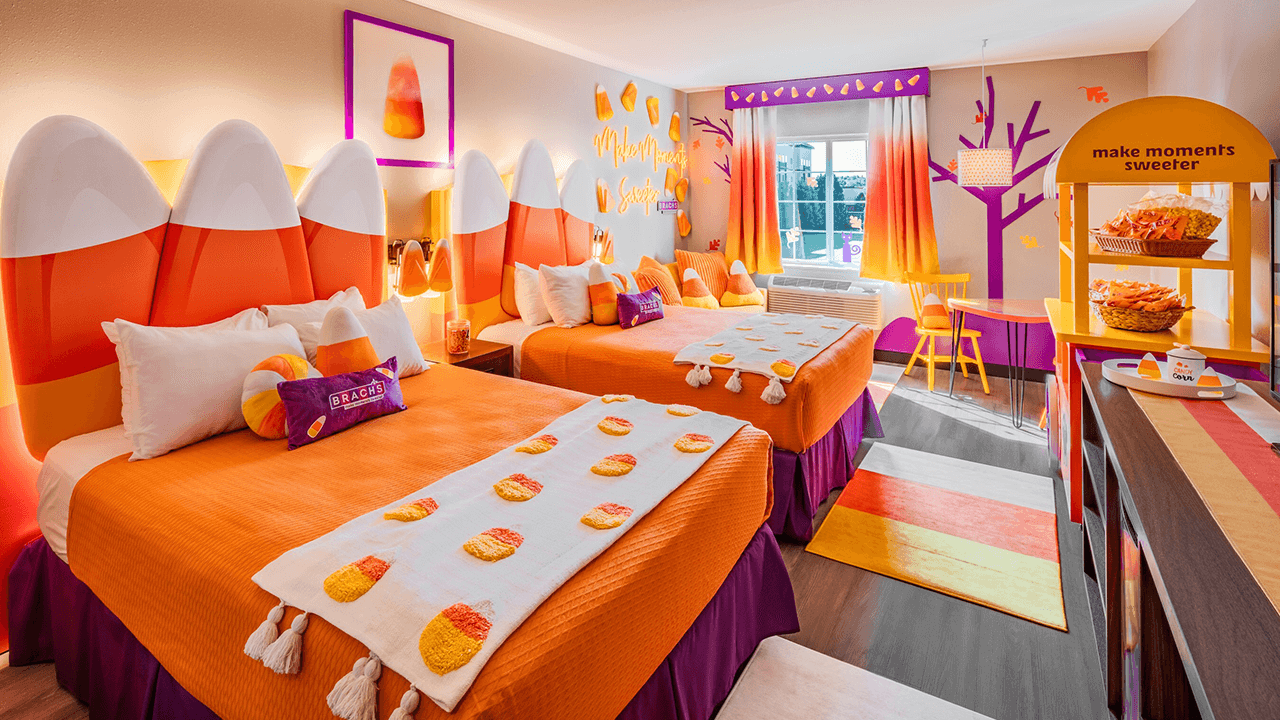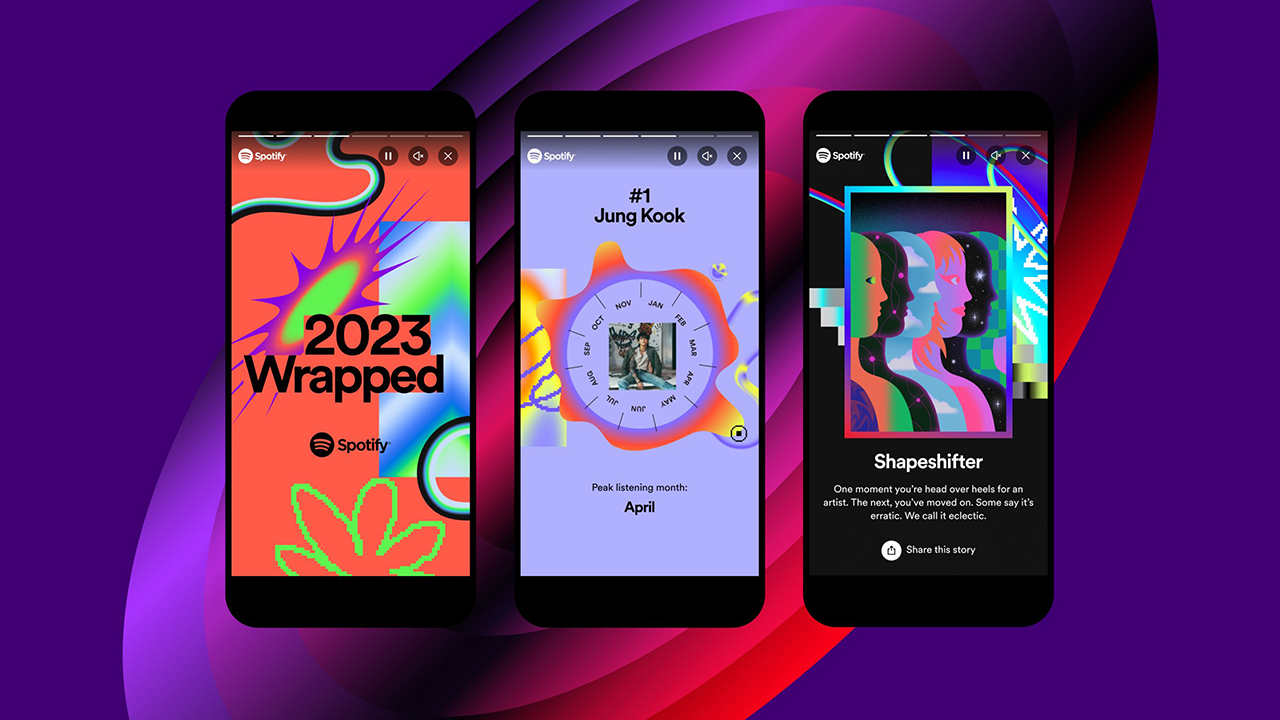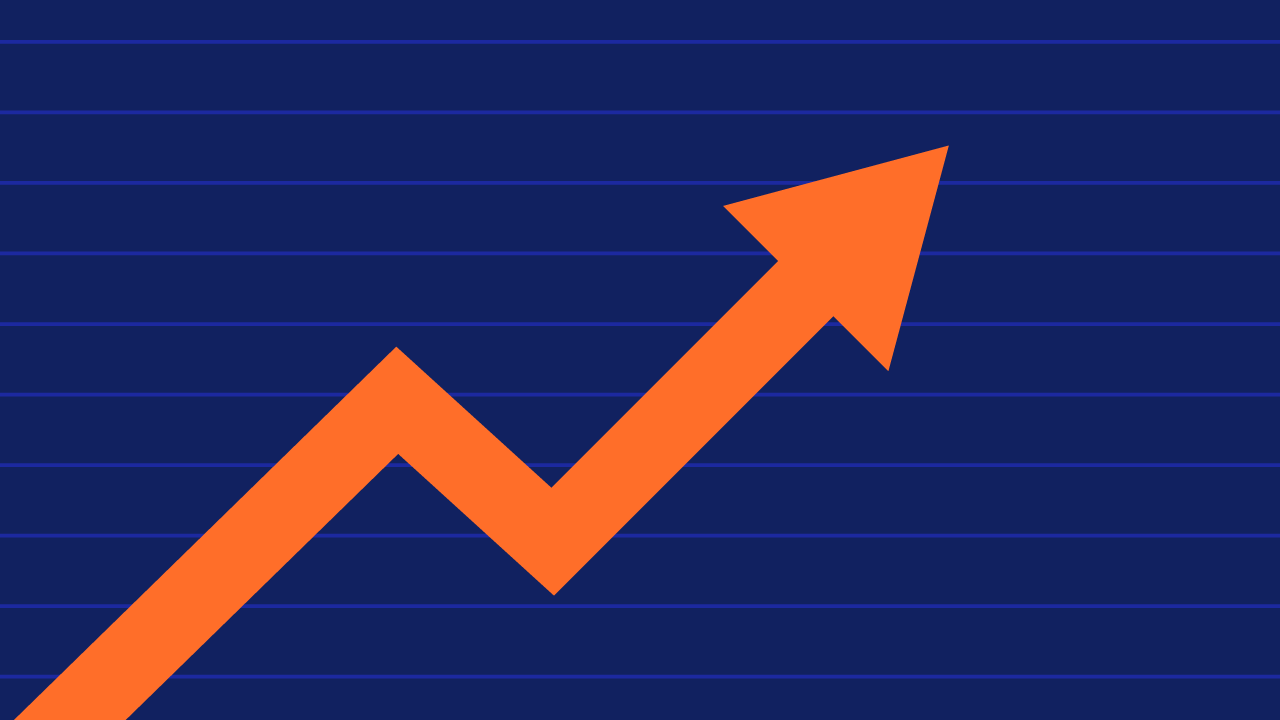For public relations professionals, local, national, and even international holidays provide huge opportunities to craft seasonal campaigns that boost brand awareness and generate sales. From Halloween and Thanksgiving to Valentine’s Day or the Super Bowl – wherever there’s a big pop culture event or national holiday, there are hundreds of brands creating PR campaigns to capitalize on them.
Crafting a PR campaign is already a large undertaking; crafting an event-based PR campaign can be even more ambitious – there are only so many people you can reach, and the competition is fierce.
That's why many brands choose to break beyond the standard calendar dates to anchor their event campaigns. Straying away from the norm can help you stand out from the crowd (especially during “quieter” times) and avoid typical holiday cliches.
Doing so also allows you to explore something that’s maybe more whimsical, unusual, or inspirational. Pick any date in the calendar, and you’ll likely find one or more holidays with the potential for a new seasonal event.
Take for example, National Coffee Day, established in 2005 and now “celebrated” by big-name brands. To coincide with last year’s event, Peet’s Coffee took the opportunity to surprise and delight consumers by introducing their “Disloyalty Program,” which allowed customers to redeem rewards from rival coffee brands. The clever and unique approach won over media and consumers alike.
So how can you replicate that success? What does it take to create and market a seasonal event that’s worth the time and attention of consumers? Here’s a step-by-step guide to getting started:
Step 1: Choose an Event That Aligns with Your Brand and Audience
With any seasonal event, you must consider whether your target audience will be in a festive mood – or even notice your event during saturated seasons. To appeal to the right audience, be discerning in your selection of both the type of event you produce and the holiday you choose to frame your campaign around.
If you do choose a traditional or popular holiday, think about putting your own spin on the occasion. REI offered a prime example of this with their 2015 #OptOutside campaign. The co-operative closed its retail locations and distribution centers on Black Friday, the biggest shopping day of the year, and invited customers to head outdoors rather than hit the shops.
#OptOutside perfectly aligned with REI’s customer base and brand purpose to “awaken a lifelong love of the outdoors.” Furthermore, it helped REI stand out from other Black Friday campaigns by telling people to skip shopping, go outside, and share their #OptOutside stories across social channels.
REI has continued to run #OptOutside every Black Friday, and it has been so well-received, they even adopted the hashtag as a company mantra for year-round use. In November 2023, they pre-empted Black Friday with a “Gear Up Get Out” sale that similarly encouraged people to embrace the outdoors.
REI is a big brand tackling a significant retail calendar day, so this approach might not be effective for all. Sometimes it’s better to try and stand out in a different way, much like what eco-friendly toilet paper company Who Gives A Crap did with ”Flush Your Ex”, an “anti-love” approach to Valentine’s Day. The Australian-based company called on the public to send in old love letters and cards that were then recycled into the brand’s sustainable products.
The campaign was so popular when it launched in 2023, the company brought it back for 2024. On both occasions the brand’s followers welcomed the campaign with enthusiastic responses describing it as “hilarious and brilliant” and “all the closure you need.” It also received earned media coverage from PR Week and The New York Post among others.
Step 2: Plan Out Your Social and SEO Event Strategy
Social media platforms like Instagram, TikTok, and LinkedIn can help you reach and engage with your target audiences, who can further spread the word about your event. But you can’t just push out a message about an event and expect people to take notice.
First you need to determine what audience members are saying and where they’re saying it. You can do this with social media monitoring and listening tools to get a sense of what resonates with your audience, then tailor specific messaging prior to launching your event campaign.
Other social media promotion tactics can include creating a hashtag that aligns with your overall campaign slogan. This should be used consistently across all social media platforms to increase visibility and encourage engagement, plus it can help track campaign efficacy.
Partnering with relevant influencers can also amplify your message. Have them share event details, and take part in promotional videos and photoshoots to boost credibility and reach. One good example is pet food brand Freshpet, who teamed up with Meghan Trainor on National Dog Day to release a track about being a dedicated Dog Mom.
In addition to social, SEO can help drive awareness, ticket sales, and registrations if you have an in-person element to the event. However, it takes a concerted effort to improve your search rankings – and the crux of this involves targeting keywords and phrases. Include all the necessary information (e.g., date, time, location, city, and state) about the event on your landing page.
You may also want to partner with another company with high “domain authority” to improve the search rank of your landing page. Take the Great Wolf Lodge resort chain and candy brand Brach’s. The pair teamed up to create a Candy Corn Suite at two Great Wolf locations for a fall-themed campaign. Guests also received a year’s supply of the corn treat after completing their stay. That’s a clear example of brands partnering to leverage each other’s authority.

Social and Digital Event Strategy: 5 Things to Consider
When planning out your campaign, ensure that you’ve outlined exactly how to leverage online platforms to extend your reach. These five points will help serve as a guide to building a strategy:
- Work on pre-event buzz: What tactics do you have in place to generate excitement and awareness online before the event begins?
- Establish a content plan: Are there varied content types (e.g. images, videos, polls) tailored for different platforms and audiences?
- Partner with journalists and influencers: What strategies do you have to involve relevant reporters and influencers to amplify reach?
- Foster live engagement: Do you have plans for real-time social media updates, live streaming, and digital interactions on the day of the event.
- Follow up post-event: What are your tactics for maintaining momentum after the event – e.g. will you have video or imagery highlights packages to promote?
Step 3: Set Your Marketing Timeline Early
Timing can mean everything with events, so plan ahead and plan strategically. Reach out early to engage people with your upcoming event. Target them with Facebook ads, event listings, and promotional emails. Content and experience are both priorities for businesses looking to deliver on customer expectations. If you can hook people in and engage them, chances are good they’ll spread the news through word of mouth.
But don’t rely on your audience alone to grow an event campaign. Pitching to the media early can help them share the word and amplify your message further. Think about the following when reaching out to them:
- Ensure the location, timing, and ‘sell’ are in your initial pitch, then have a press release ready with further details
- Give them VIP access and exclusive interviews with any influencers or celebrities you’ve secured for the event
- Be aware of, and respect, their deadlines, journalists have hectic schedules, and they may need something from you fast to get something published
- Stay in contact post event, keep pitching follow-up content and share your appreciation for any coverage they give
As mentioned above, there are plenty of days to celebrate and recognize beyond the “traditional” calendar holidays. It’s just a matter of aligning with the right season and targeting the right audience. Get to know your customers, find out what they're interested in, and then use your imagination to create an event that will become a tradition for years to come.
Bonus Tips: 3 Examples of Connecting PR Campaigns and Seasonal Events
If you’re looking to generate interest in your brand or product on the back of an event, keep these three points in mind to spark ideas for your PR campaigns.
- Get creative with themed deals: A 30-second Super Bowl TV commercial costs an eye-watering $7 million. Don’t have the budget for that? No problem. Take this example from Aldi. The grocery chain offered up its own “winning quarter back” by giving 25% off game day “must-haves” like pizza, wings, dips, and more. If you’re looking for more Super Bowl-related events tips you may want to check out our marketing guide.
- Make an experience for fans: With Halloween approaching, The Design Museum in London hosted an exhibition on the films of Tim Burton to coincide with the release of Beetlejuice Beetlejuice. That’s a smart way to tap into audiences’ nostalgia for the filmmaker, while capturing the interest of those heading into theaters to watch the spooky sequel. Plus, social media promotions cleverly made use of the director’s striking art style.
- Encourage user-generated content: Spotify’s “Wrapped” campaign looks at users’ streaming habits and shares a highly personalized recap to each individual customer in time for the New Year. This has been running since 2016, encouraging users to share their results and generate plenty of online attention organically. Brands such as Apple Music, Nintendo, and Duolingo have followed with their own versions of the concept.

Final Thoughts
Seasonal events offer opportunities for brands to reach their audiences and boost engagement. The key to success lies in creative thinking and clever planning. By selecting unconventional holidays or putting a fresh spin on traditional ones, brands can stand out in a crowded market.
Some of the most effective PR campaigns tie events to brand messaging through themed ideas, fan experiences, or user-generated content. Ultimately, understanding your customers and crafting compelling narratives around events can create lasting traditions that benefit you in the long run, with the potential to pay off year after year.
Looking for events to pitch your PR campaigns around or create ideas for your own event? Download our 2024 PR and Comms Content Planning Calendar.
If you’d like to learn about CisionOne, our all-in-one PR platform, speak to an expert today.








